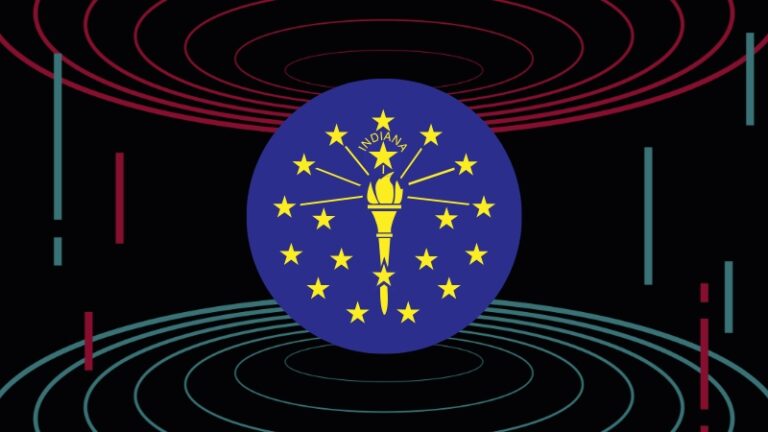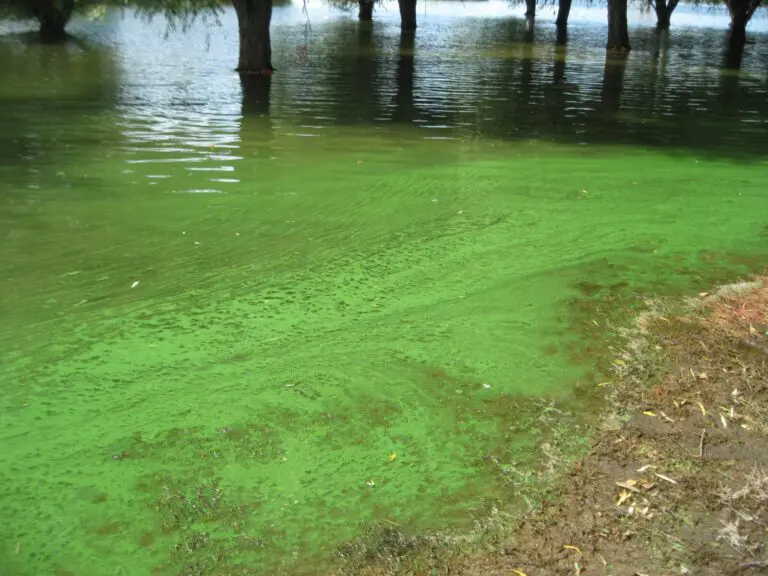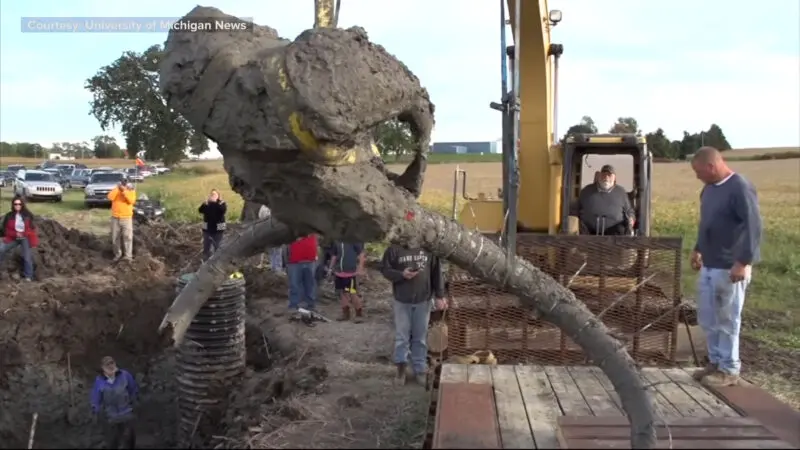Indiana, with its rich history and diverse culture, is full of cool symbols that show off its heritage. You’ve got the non-native peony as the state flower and the tough Salem limestone as the state stone. Now, Indiana might add another symbol to the mix – the American mastodon.
But here’s the question: is the mastodon really “Indiana” enough to represent the state’s fossil heritage? Let’s find out!
Table of Contents
ToggleState Symbols in Indiana
Indiana has a fascinating collection of state symbols that highlight its unique attributes and shared characteristics with other states.
- State Flower: The peony, a vibrant and resilient flower, was adopted despite not being native to Indiana.
- State Stone: Salem limestone, also known as Indiana Limestone, is renowned for its durability and has been used in iconic buildings.
- State Insect: Say’s firefly, known for its glowing display, lights up Indiana’s summer nights.
- State Firearm: The Grouseland Rifle, a historical piece, reflects Indiana’s rich past.
- Shared State Bird: The cardinal, a bright red bird, is a symbol for six states, including Indiana.
- Shared State Tree: The tulip tree, also the state tree of Kentucky, stands tall and proud in Indiana.
Each of these symbols tells a part of Indiana’s story, combining elements unique to the state with those it shares with others.
The American Mastodon
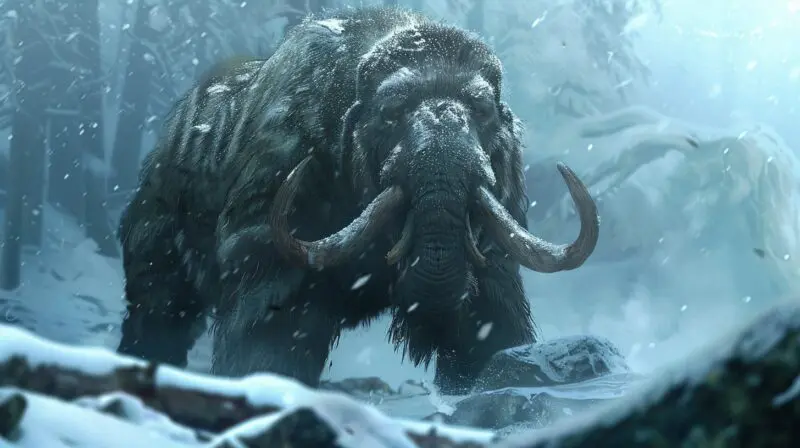
The latest addition to Indiana’s roster of state symbols could be the American mastodon. House Engrossed Bill 1013, sponsored by Rep. Randy Frye, aims to designate this Ice Age mammal as the state fossil. The bill has already passed the Indiana House of Representatives unanimously and is awaiting a vote in the Indiana Senate.
Why the Mastodon?
The mastodon is not just any fossil. It’s a symbol of Indiana’s prehistoric past, roaming the state from about 2.5 million years ago until around 10,500 years ago. Mastodon fossils have been found in nearly every county in Indiana, making it a prevalent and significant part of the state’s natural history.
Recent Discoveries
- Hanover College: A life-size cast of a mastodon, based on a 1989 excavation in central Ohio, is displayed at Hanover College.
- Seymour, Indiana (2019): Sewer system work unearthed two mastodon limb bones, parts of a skull, and a tusk.
- Hebron, Indiana (2005): A dig site revealed seven mastodons and other Ice Age creatures.
- Fort Wayne, Indiana (1998): A property mining for peat uncovered a mastodon, now displayed and named “Fred.”
These discoveries highlight the mastodon’s widespread presence in Indiana, reinforcing its candidacy for the state fossil.
Arguments for the Mastodon
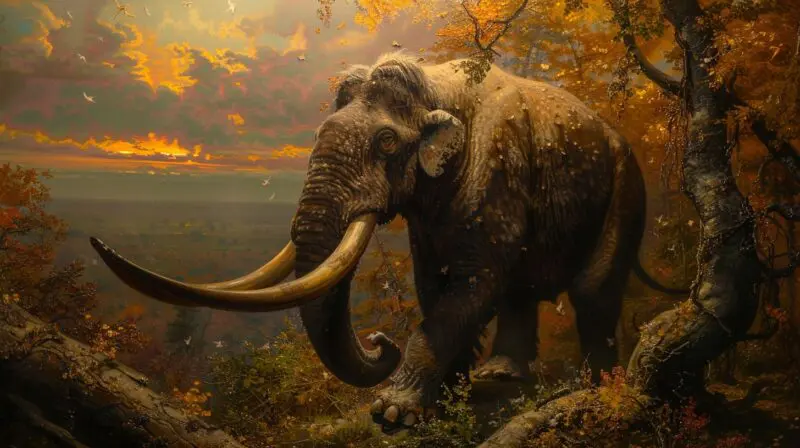
With fossils found in nearly every county, the mastodon is a key part of Indiana’s prehistoric landscape, offering a tangible link to the Ice Age.
Prevalence and Significance
Mastodons are the most common Ice Age fossils found in Indiana. They roamed the region for millions of years, making them an integral part of the state’s prehistoric ecosystem.
Educational Value
Designating the mastodon as the state fossil offers educational opportunities. It helps teach about extinction, climate change, and the natural history of Indiana. Schools and museums can use the mastodon to engage students and visitors in learning about the Ice Age and the state’s geological history.
“[The mastodon is] a really good candidate, because there’s a lot of them around. That definitely would help people connect to ideas about extinction and climate change and the idea that the natural world around them changes,” said P. David Polly, a vertebrate paleontologist and chair of the Department of Earth and Atmospheric Sciences at Indiana University. “So, in that sense, I certainly couldn’t object to it. If I was going to find anything disappointing about it, it is that mastodons are found all over. So, it’s not particularly unique to Indiana in any way.”
Alternate Fossil Proposals
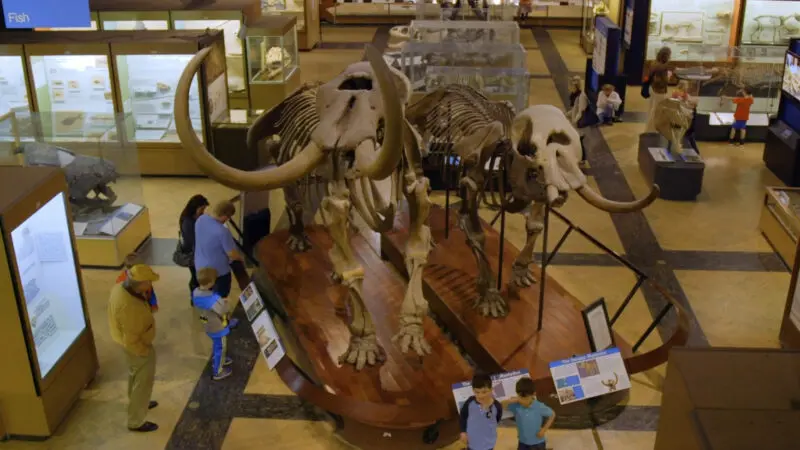
Indiana has other fascinating fossil contenders that could represent the state’s rich prehistoric heritage.
The Crinoid
Notable Discoveries
Crawfordsville, Indiana, is famous for its crinoid fossils. Nearly 100 species have been discovered in the area since the first find in 1842. These fossils have made Crawfordsville a renowned site in the paleontology world, with specimens in museums worldwide.
Legislative Attempts
The Dire Wolf
Another fascinating option is the dire wolf, an Ice Age canine first discovered near Evansville, Indiana, in 1854. This extinct species gained popularity through the HBO series “Game of Thrones” and the Grateful Dead song “Dire Wolf.”
Characteristics and Discovery Sites
Dire wolves were about 20% larger than modern gray wolves and likely traveled in packs. They hunted ancient horses, bison, and small mastodons. Fossils of dire wolves have been found in Evansville, Monroe, and Crawford counties, adding to their significance in Indiana’s fossil record.
Next Steps for HB1013
The Bottom Line
Indiana’s quest to name a state fossil shows its pride in its rich natural history. Whether it’s the mastodon, crinoid, or dire wolf, each fossil has its unique charm and story, making any of them a worthy symbol of Indiana’s prehistoric past.
Related Posts:
- How iGaming in Indiana Could Reduce Casino-Related Pollution
- Report: 80% of Existing Coal Plants Could House…
- Is Indiana a Republican or Democratic State? True…
- 30 Fascinating Facts About Indiana - Discover the…
- Stranger Things and Indiana - How the Hoosier State…
- Indiana’s Largest Cities by Population in 2025 - Top…




